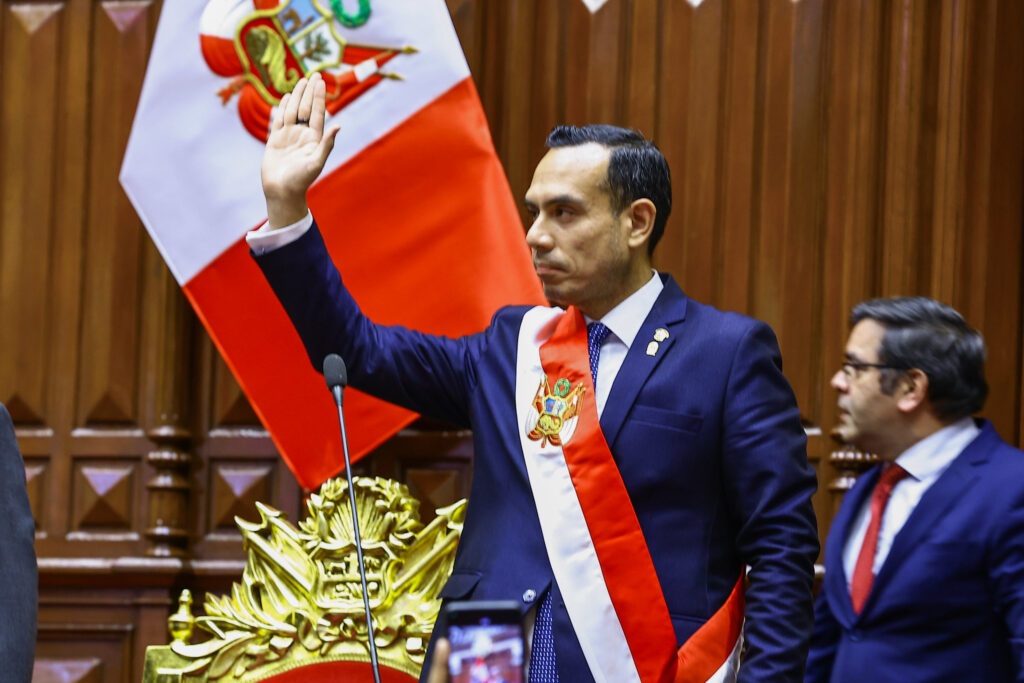Bolivia after the elections: A new horizon for lithium and energy?
After nearly two decades of political hegemony of the Movimiento al Socialismo (MAS), Bolivia is preparing to begin a new phase in its economic and productive life. While the elections marked the end of a cycle, what most interests the international community is not so much the political transition itself, but rather how this change of direction could redefine natural resource policy in one of the most strategic countries for the global energy transition.
The immediate challenge is balancing an economy plagued by fiscal imbalances and a lack of dollars with the need to attract foreign direct investment, particularly in sectors such as lithium, natural gas, and critical minerals. The central question for investors is whether Bolivia will maintain a model of ironclad state control over its resources or open up space for more flexible partnerships with international companies.
The end of an era and rising expectations
The political party Movimiento al Socialismo dominated Bolivian politics for almost twenty years, consolidating an economic model based on state control of strategic resources. This paradigm allowed for a degree of stability in the early years, supported by high commodity prices, but also generated rigidities that today weigh on the country’s competitiveness.
The new cycle raises expectations of a possible relaxation of this system. A shift toward a mixed model, with greater private participation and clearer regulatory frameworks, could be the catalyst that international investors have long awaited. In a context in which the Andean region is competing to attract capital for the energy transition, Bolivia faces a unique opportunity: to move from being the “sleeping giant of lithium” to a key player in the global supply chain.
Lithium and Critical Minerals at the Center
Lithium is, without a doubt, the most coveted piece on the board. Bolivia concentrates around 21% of the world’s reserves of this mineral, mainly in the Salar de Uyuni. However, its commercial production remains marginal compared to its neighbors Argentina and Chile, which, along with Bolivia, form the so-called “Lithium Triangle.”
Industrialization attempts under a system dominated by the state-owned Yacimientos de Litio Bolivianos (YLB) and through alliances with Chinese and Russian companies have had limited results. Projects advanced slowly and, in many cases, failed to achieve the announced production goals. For international markets, this translated into a decade of lost opportunities.
With a shift toward more pro-market policies, Bolivia could attract the investment needed to scale up rapidly. The development of direct lithium extraction (DLE) technologies is one of the keys: it is a more efficient and sustainable method that could transform the country’s competitiveness in just a few years. Furthermore, opening the value chain to foreign capital would allow Bolivia not only to export lithium carbonate, but also to advance toward the production of cathodes, batteries, and other higher-value-added components.
A broader energy outlook
Although lithium is the focus of attention, it is not the only strategic resource. Bolivia has significant natural gas reserves, which have been the basis of its exports over the past two decades, although with a recent decline in production and contracts. It also has iron, rare earths, and other critical minerals, all essential inputs for the transition to clean energy and for the global technology industry.
The big question is whether the new political era will maintain the nationalist, state-led approach that characterized resource management, or whether it will move toward public-private partnership models that allow for the mobilization of capital, technology, and know-how. The difference is significant: while Chile and Argentina have multiplied lithium investment projects, Bolivia has lagged behind, despite having larger reserves.
Implications for International Investment
For international investors, Bolivia represents both a risk and an opportunity. This risk is associated with political volatility, macroeconomic weakness marked by a lack of dollars, and historical regulatory uncertainty. The opportunity, however, lies in the magnitude of its natural resources and the possibility that a change in the economic model could transform that wealth into a real flow of investment projects.
The coming months will be key to observing concrete signs:
- Transparency in contracts and bidding processes, an essential requirement for US, European, and Asian multinationals to consider capital disbursements.
- Macroeconomic and exchange rate stability, given that the dollar shortage is already limiting the normal functioning of the economy.
- Clear energy transition policies, which will define whether Bolivia will integrate into global energy chains with competitive rules or persist with a more closed approach.
As geopolitical competition for lithium and critical minerals intensifies, the direction Bolivia takes will have repercussions that transcend the region. Companies from different continents are closely monitoring every move, aware that the security of supply of these resources will be decisive for the global energy future.
Bolivia is at a turning point. Its abundance of natural resources gives it a strategic role in the global energy transition, but the real challenge lies in how to manage that wealth. A more open environment, with predictable regulatory frameworks and balanced partnerships with foreign capital, could make the country a major player in the global market for lithium and other critical minerals.
For international investors, the time to watch Bolivia closely is now. The outcome of its energy and mining decisions will determine whether the country finally realizes its potential or remains merely a promising prospect.





